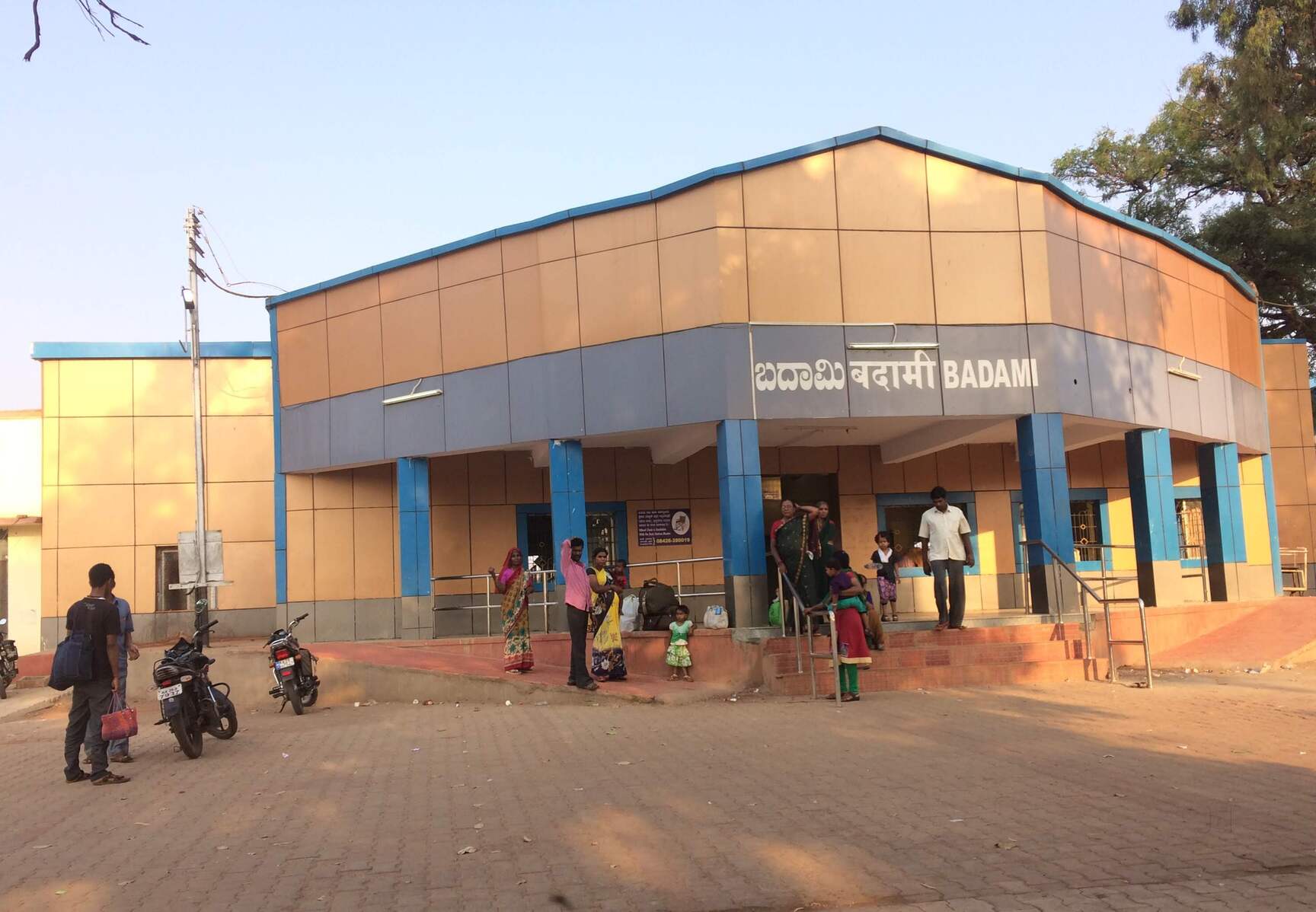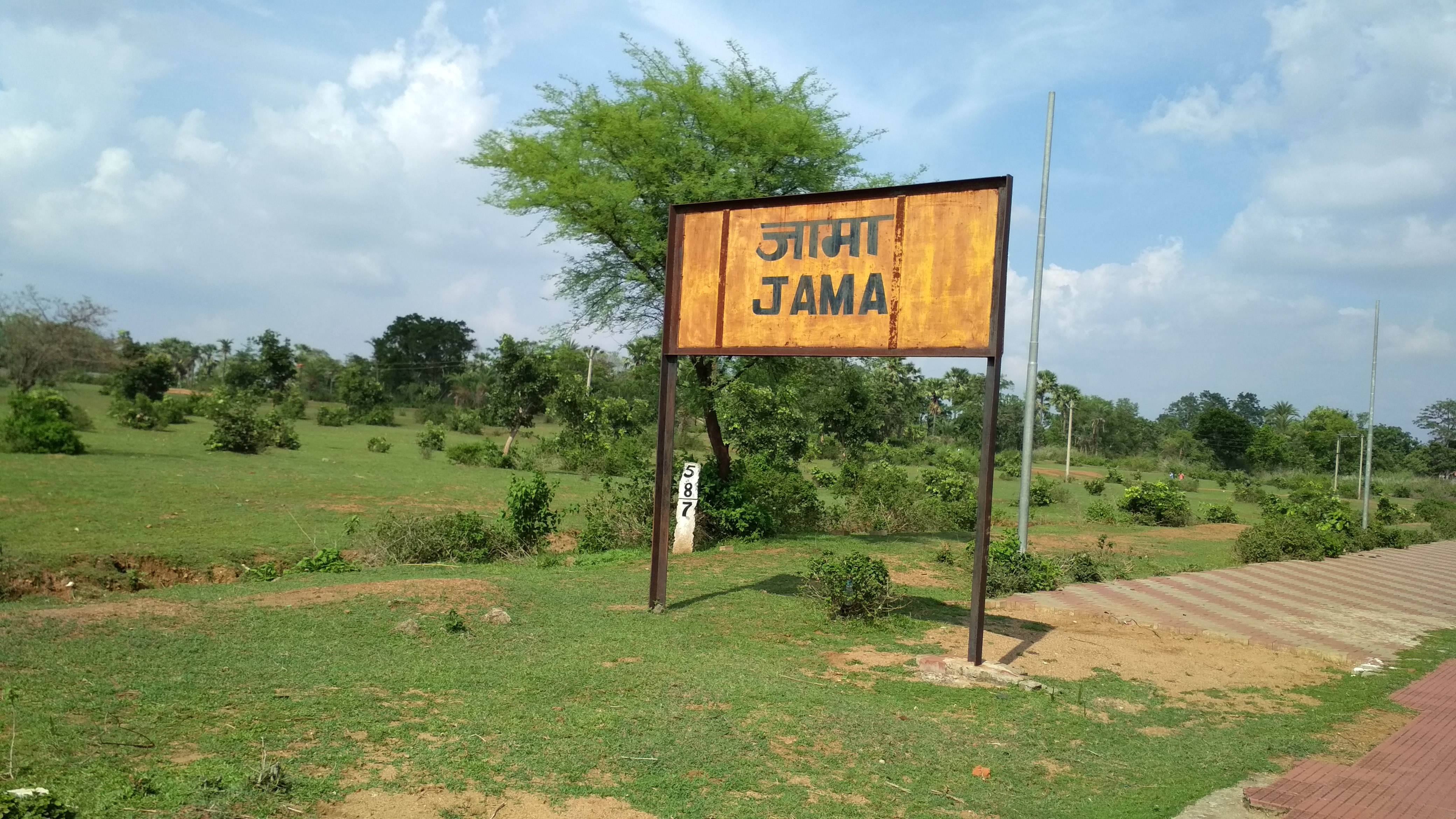The Jamakhandi Rural Station police have arrested three individuals following the death of a local media worker, initially reported as a tragic accident. Investigations by the Bagalkot district police revealed that the incident was, in fact, a carefully planned murder. Authorities confirmed that preliminary reports suggesting accidental death were misleading, prompting a detailed probe. The swift arrests followed meticulous collection of evidence, witness statements, and forensic analysis, which collectively pointed to premeditation rather than misfortune. The incident has shocked the local community, raising concerns over safety and threats to journalists in the region.
According to police officials, the victim, who worked for a regional media outlet, was targeted due to undisclosed disputes. Investigators revealed that the perpetrators meticulously staged the scene to mimic an accident, but forensic evidence and witness accounts contradicted the initial narrative. The arrested individuals are reportedly being interrogated to uncover the motive, accomplices, and methods used to plan the crime. The police emphasized that the case highlights the importance of thorough investigations, especially in situations involving public figures or professionals who might be exposed to threats due to their work.
The Bagalkot district police have reassured the public and media fraternity that safety measures and protection mechanisms will be reinforced. Local authorities are reviewing security protocols for journalists and media workers, particularly those covering sensitive issues. Community members and journalist associations have demanded strict legal action and speedy trial to ensure justice. Officials stated that the arrests signal a strong commitment to law enforcement and deterrence against attacks on media personnel, underscoring that crimes masked as accidents will not escape scrutiny.

Investigation Unravels the Truth
Forensic analysis played a crucial role in exposing the planned murder. Evidence contradicted the initial accident narrative, revealing deliberate tampering with the crime scene.
Police are working on collecting further evidence to build a strong case against the accused, ensuring that justice is delivered transparently and efficiently.
The revelation that the death of the local media worker was a planned murder has sent shockwaves through Jamakhandi and the broader Bagalkot district. Residents expressed outrage, noting that the initial reports of an accident had caused relief before the chilling truth emerged. The incident underscores the risks faced by media professionals, even in relatively small towns, where investigative reporting and local journalism can provoke serious threats from individuals with malicious intent.
Police officials stated that meticulous investigative procedures were crucial in uncovering the premeditated nature of the crime. Forensic teams analyzed the scene for inconsistencies, while evidence collected from the victim’s workplace, digital devices, and personal communications helped piece together the sequence of events. These findings contradicted the earlier assumption of an accidental death, leading to the arrests of three individuals directly implicated in the murder.
Witness accounts played a pivotal role in reconstructing the crime. Neighbors and colleagues reported suspicious activity near the site prior to the incident, which investigators corroborated with CCTV footage and other surveillance data. The combined use of witness statements and technology proved instrumental in identifying the suspects and establishing the deliberate nature of the attack.
Investigators are continuing to probe whether the perpetrators had accomplices beyond the three arrested. Interrogations aim to uncover the motive, method, and any possible financial or personal disputes that led to the murder. Authorities have stressed the importance of leaving no stone unturned, given the victim’s role in local media coverage and the potential implications for press freedom in the area.
The victim’s colleagues and media associations have demanded stringent action against the accused. They highlighted that journalists often face threats, harassment, or even physical harm while performing their duties, making protective measures and legal safeguards essential. Many called for the establishment of rapid response mechanisms to ensure journalists’ safety in potentially hostile situations.
Community members have expressed fear following the revelation that the murder was staged as an accident. Concerns about personal safety and trust in local authorities have risen, prompting calls for increased policing and surveillance in vulnerable areas. Officials have assured residents that law enforcement is committed to maintaining public safety and restoring confidence.
The arrested suspects are currently being interrogated to determine their roles and whether the attack was motivated by revenge, professional rivalry, or other personal disputes. Authorities have emphasized that the investigation will also examine any communication networks or accomplices that may have facilitated the crime.
Bagalkot district police have collaborated with neighboring jurisdictions to ensure that no element of the case goes unnoticed. Sharing intelligence and coordinating investigative procedures allows for a comprehensive approach, particularly in cases where premeditation and concealment are involved. This multi-agency cooperation is seen as critical to ensuring justice.
Legal experts note that the case highlights the need for robust laws protecting journalists and media personnel. While India’s constitution guarantees freedom of the press, instances of targeted violence indicate gaps in enforcement and safety measures. Policymakers and media organizations are urging legislative reforms to strengthen protection for reporters.
Psychologists and security specialists have emphasized the emotional and psychological impact of such attacks on colleagues and family members. The shock of realizing that an apparent accident was a deliberate act can lead to trauma, anxiety, and long-term stress. Support systems and counseling for the victim’s colleagues and relatives are being recommended.
Authorities are reviewing security protocols for journalists in Bagalkot district and surrounding areas. Suggested measures include safe reporting practices, emergency helplines, and protective supervision for investigative journalists who may be at risk due to the nature of their assignments.

Media watchdogs have condemned the attack as an alarming threat to free speech. They warn that attempts to silence journalists through violence or intimidation could undermine democracy and public accountability. Calls for swift judicial action are being made to deter future attacks on press freedom.
The community has organized awareness campaigns to highlight the dangers faced by journalists and the importance of reporting crimes transparently. Local educational institutions and civic bodies are participating in discussions to foster support for media personnel and ensure public vigilance against violence.
Police have emphasized that evidence collection, including digital forensics and material samples from the crime scene, will be critical in securing convictions. The integrity of investigative processes is being maintained to ensure that justice is served and no technical errors jeopardize the case.
The victim’s family has demanded that the investigation proceed without delay. They highlighted that the murder’s premeditated nature makes swift justice essential to prevent further threats or intimidation. Authorities have assured the family of their full cooperation and commitment to securing convictions.
The arrests and ongoing probe have drawn attention to the broader issue of journalist safety across Karnataka. Advocacy groups are urging state authorities to establish comprehensive measures, including risk assessment protocols, emergency response teams, and legal protections tailored to media workers.
Finally, the Jamakhandi case is expected to become a reference point for future policies on journalist safety. It underscores the importance of proactive policing, rapid forensic investigation, and community awareness in protecting individuals who play a critical role in information dissemination and accountability within society.
Justice and Safety Measures for Media Workers
Authorities have emphasized the need to protect journalists and media personnel from threats linked to their professional work. Safety protocols and legal action are being prioritized.
The arrests and ongoing investigation reflect a zero-tolerance approach toward targeted violence, aiming to reassure the public and media fraternity that such crimes will face strict punishment.
Follow: Karnataka Government
Also read: Home | Channel 6 Network – Latest News, Breaking Updates: Politics, Business, Tech & More

